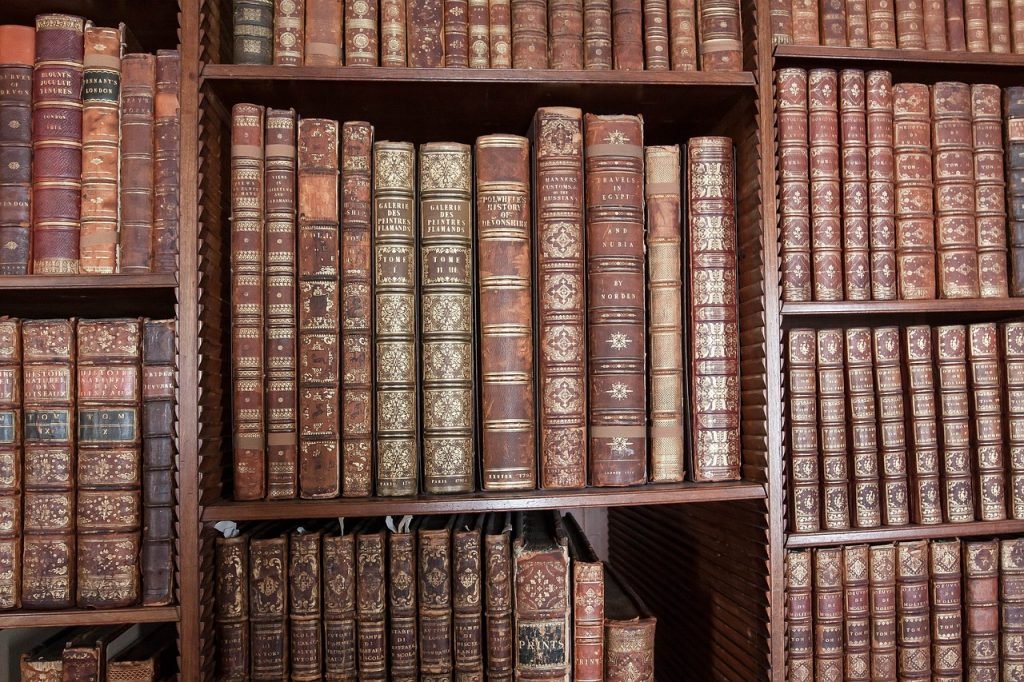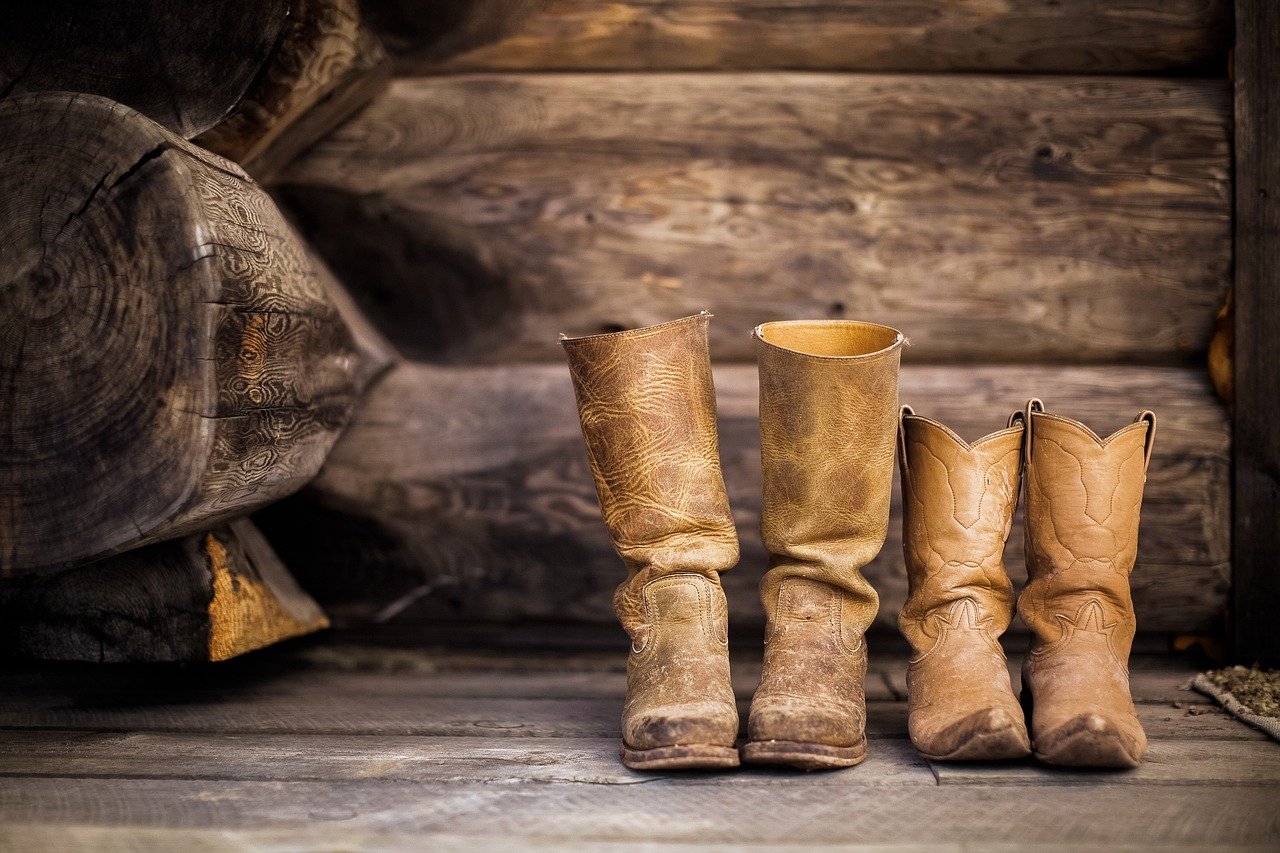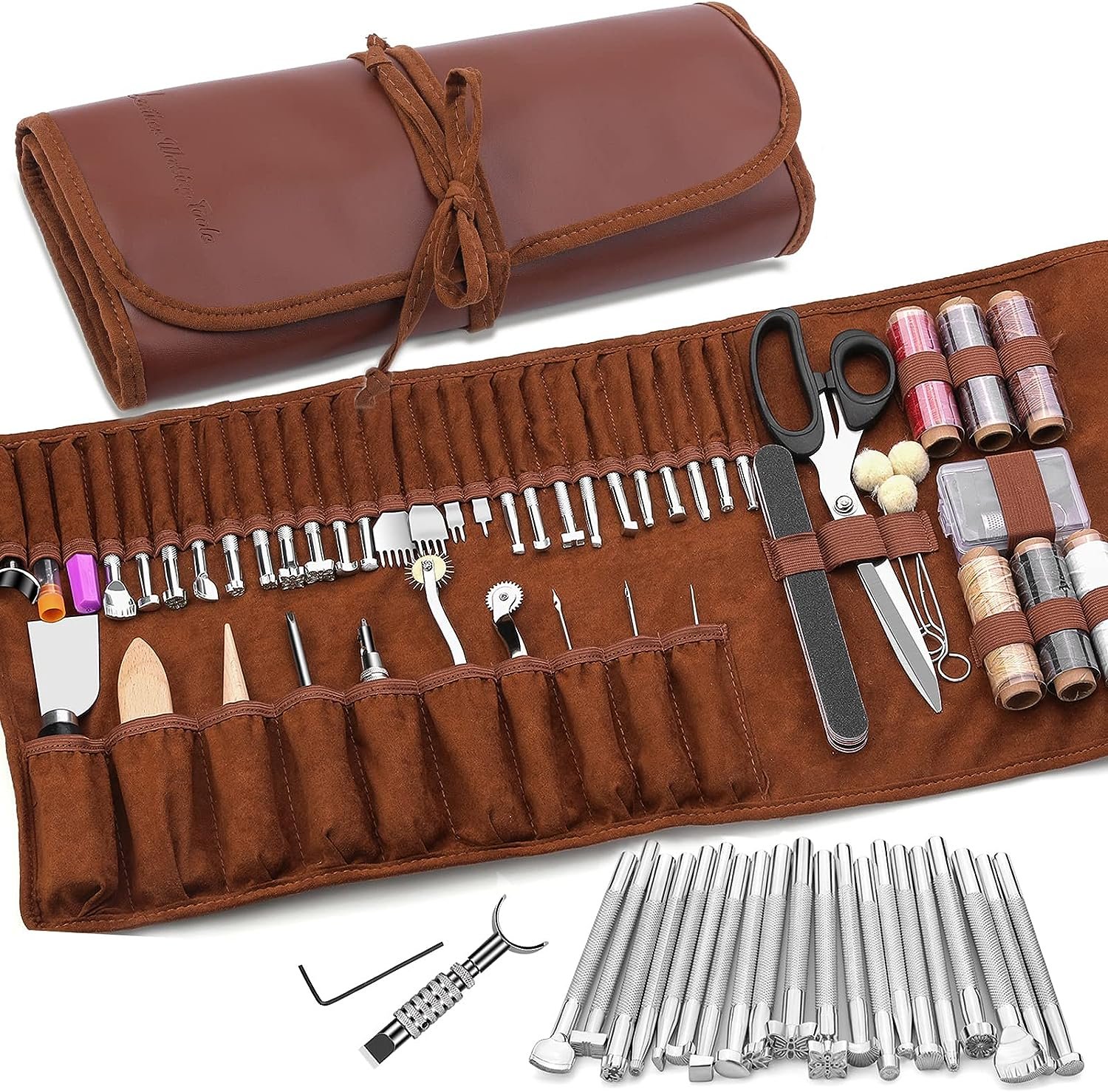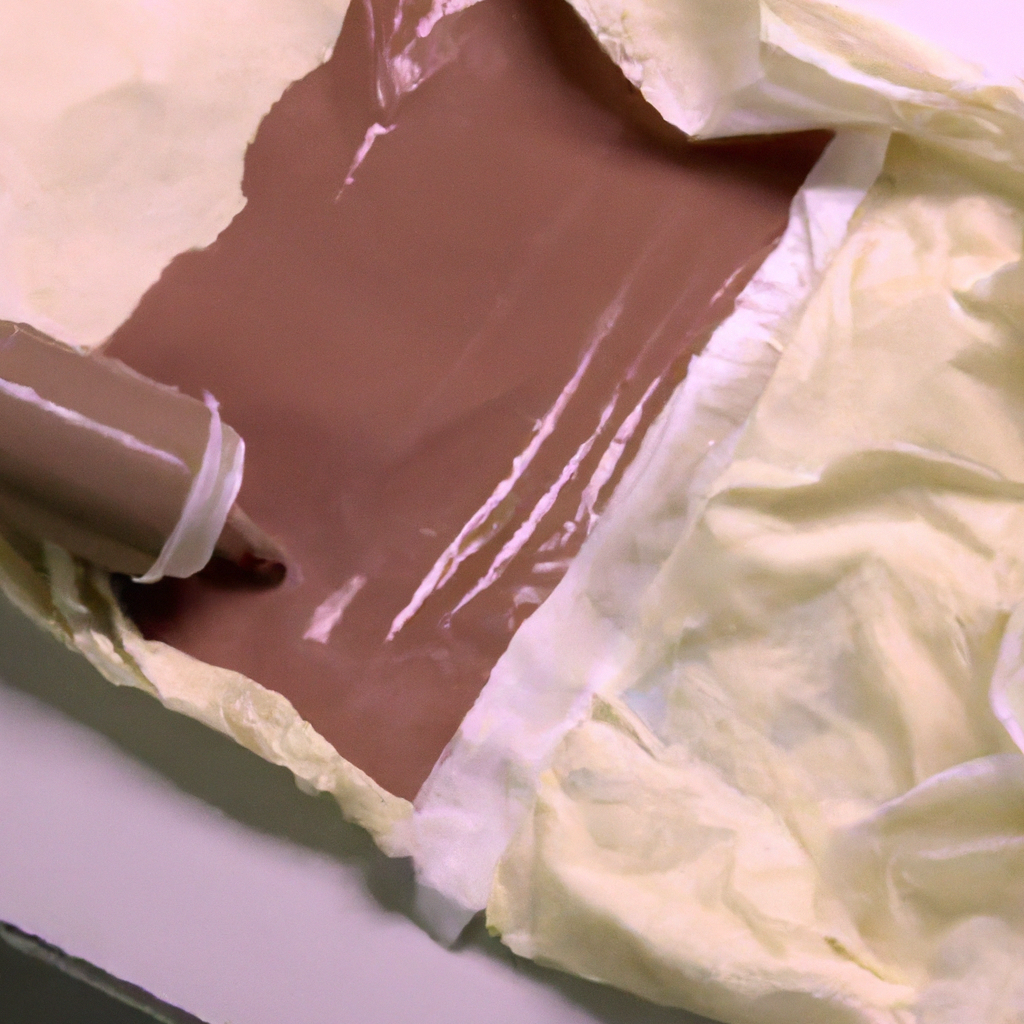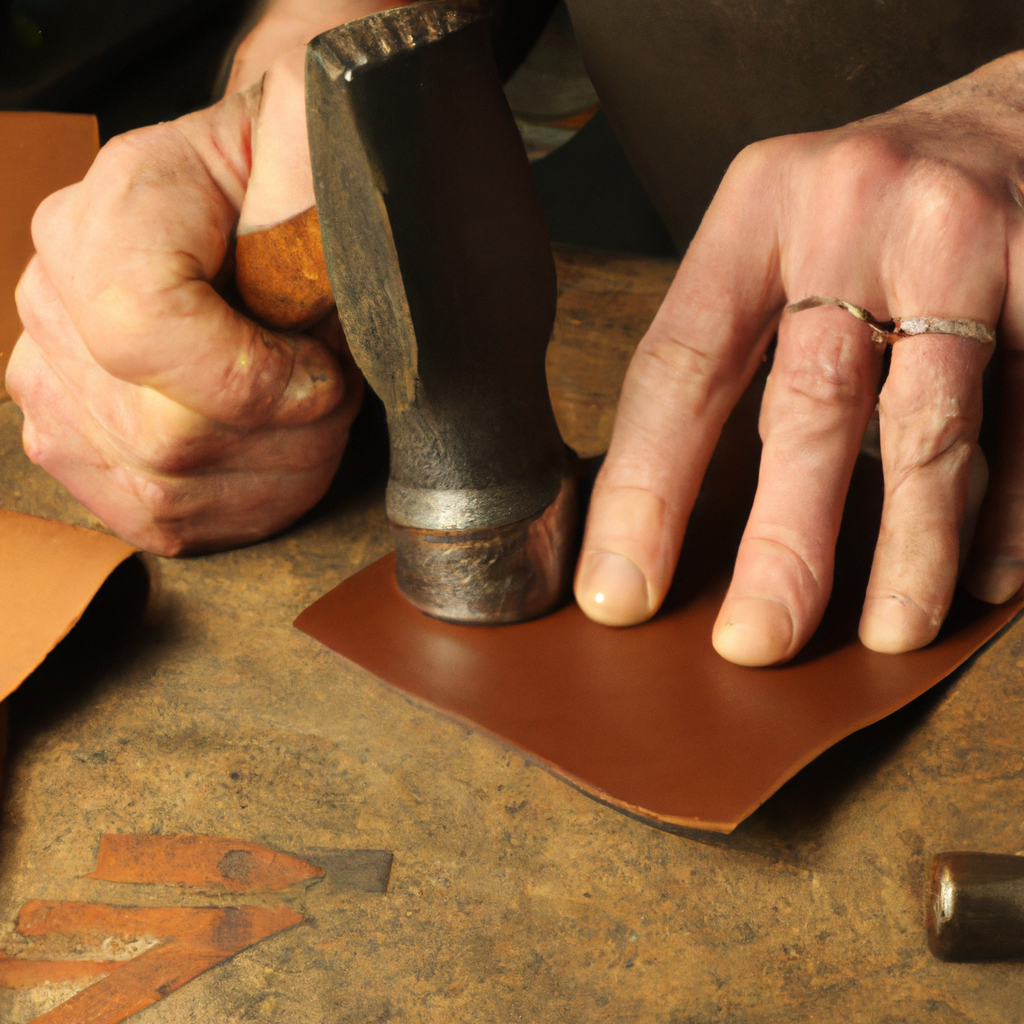If you’re in the market for a new bag, belt, wallet, or any other leather accessory, you’ve probably found yourself wondering what kind of leather is best. With so many options out there, it can be overwhelming to navigate through the variety of leathers available. In this article, we’ll explore the different types of leather commonly used for bags, belts, wallets, and more, helping you make an informed decision on which one is best suited for your needs. Whether you’re looking for durability, softness, or a combination of both, we’ll guide you towards finding the perfect leather for your desired accessory. So, let’s dive into the world of leather and discover which type is right for you.
Full Grain Leather
Definition
Full grain leather refers to the top layer of the hide that contains all of the natural grain and imperfections. It is considered the highest quality leather available because it retains the natural characteristics and markings of the animal, such as wrinkles, scratches, and scars. This type of leather is not sanded or buffed, which allows it to develop a unique patina over time. Full grain leather is known for its durability and longevity, making it an excellent choice for making bags, belts, wallets, and other leather goods.Durability
One of the main benefits of full grain leather is its exceptional durability. The natural fibers in the leather make it resistant to wear and tear, making it suitable for products that are used frequently. Full grain leather is known for its strength and resistance to moisture, making it less likely to crack or become damaged over time. This durability ensures that leather goods made from full grain leather can withstand the rigors of daily use without losing their shape or quality.Aesthetics
Full grain leather is highly regarded for its exquisite aesthetics. The natural grain pattern and unique markings of the leather give it a distinct and luxurious appearance. Unlike other types of leather that have been treated or altered to remove imperfections, full grain leather showcases the authentic beauty of the animal hide. As it ages, full grain leather develops a rich patina, enhancing its visual appeal and adding to its character.Protection and Aging
Full grain leather is renowned for its ability to age gracefully. As the leather ages, it develops a unique patina that cannot be replicated. This patina is a testament to the quality of the leather and adds to its charm and value. Additionally, the natural oils and waxes present in full grain leather provide a certain level of protection against moisture and spills. This makes full grain leather ideal for bags, belts, and wallets that are subject to daily use and exposure to the elements.Top Grain Leather
Definition
Top grain leather is a high-quality leather that is derived from the top layer of the animal hide. Unlike full grain leather, it undergoes a process of sanding or buffing to remove the natural imperfections and create a more uniform and smooth surface. Although the outer layer of top grain leather is removed, it retains its durability and strength.Durability
Top grain leather is known for its durability and ability to withstand regular use. While it may not be as resilient as full grain leather, it is still highly resistant to wear and tear. The removal of the surface layer in top grain leather eliminates some of the natural imperfections that may make full grain leather susceptible to damage. This makes it a suitable choice for leather goods that require strength and longevity.Aesthetics
Top grain leather has a polished and refined appearance that appeals to many individuals. The removal of the outer layer creates a smoother and more uniform surface, resulting in a sleek and sophisticated look. Although it may lack the distinct grain and character of full grain leather, top grain leather still maintains a certain level of elegance and quality.Affordability
Compared to full grain leather, top grain leather is often more affordable. The process of sanding or buffing removes some of the imperfections that are unique to full grain leather, making it easier and less costly to produce. This affordability makes top grain leather a popular choice for individuals who want high-quality leather goods without the premium price tag.Maintenance
When it comes to maintenance, top grain leather is relatively easy to care for. It can be cleaned and conditioned using leather care products, ensuring that it remains in good condition for an extended period. Additionally, top grain leather is less likely to develop a patina compared to full grain leather, which some individuals may prefer as it maintains a more consistent appearance over time.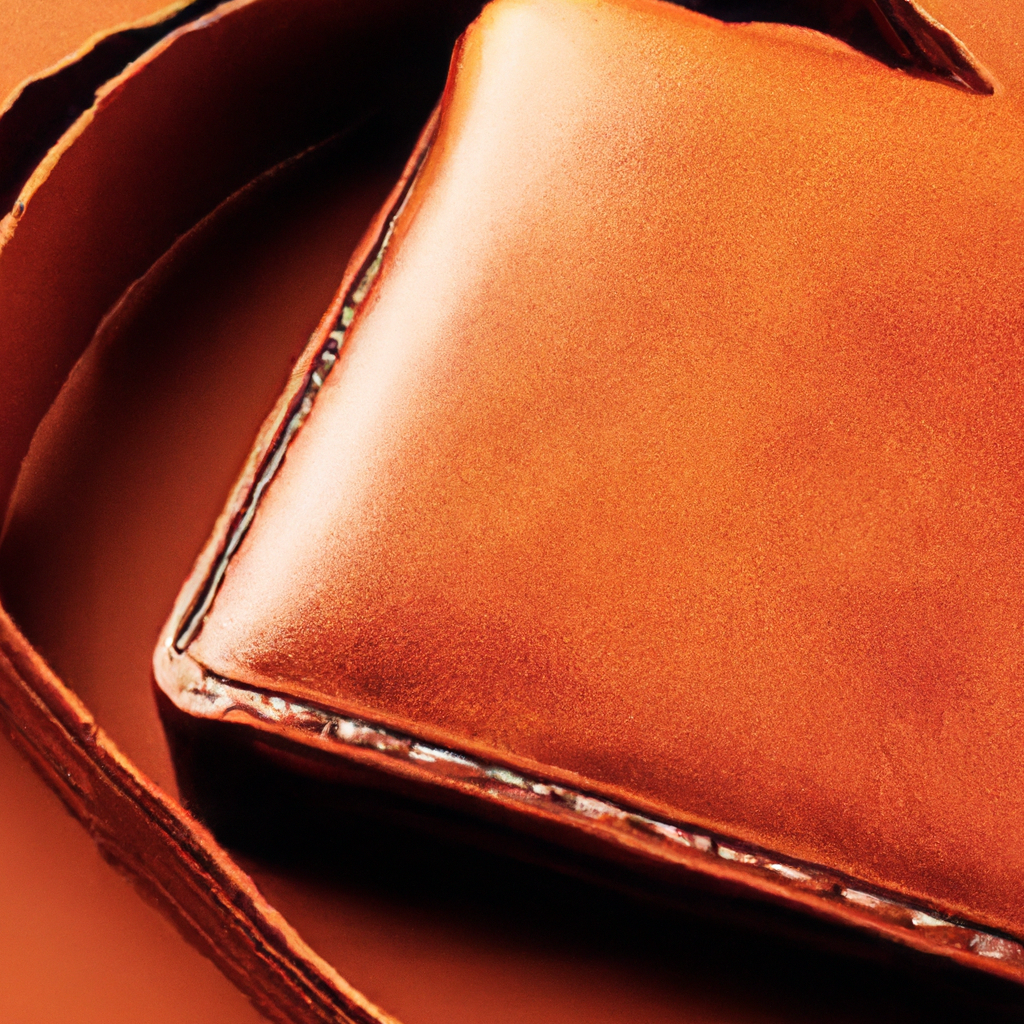
Genuine Leather
Definition
Genuine leather refers to a type of leather that is made from the inner layers of the animal hide. It is generally considered to be of lower quality compared to full grain and top grain leather. Genuine leather is created by bonding together multiple layers of leather scraps or fibers, often through the use of adhesives. While it may not possess the same durability or aesthetics as other types of leather, genuine leather remains a popular choice due to its affordability.Durability
Genuine leather is typically less durable compared to full grain and top grain leather. The use of bonded layers or fibers compromises its strength and resilience, making it more susceptible to wear and tear. Genuine leather may be prone to cracking, peeling, or fading over time, especially with heavy use. Despite its lower durability, proper care and maintenance can help prolong the lifespan of genuine leather goods.Aesthetics
In terms of aesthetics, genuine leather may not possess the same natural beauty and unique markings as full grain or top grain leather. The bonding process and the use of multiple layers can result in a more uniform and synthetic appearance. While it may still imitate the texture and overall look of real leather, genuine leather lacks the depth and authenticity found in higher-quality options.Affordability
One of the primary advantages of genuine leather is its affordability. Due to the manufacturing process and the use of scraps or fibers, genuine leather can be produced at a lower cost compared to other types of leather. This affordability makes it an attractive option for individuals who are on a budget or require leather goods for temporary or less demanding purposes.Bonded Leather
Definition
Bonded leather, also known as reconstituted leather or blended leather, is created by combining scraps or small pieces of genuine leather with adhesive materials. These reclaimed leather fibers are bonded together to form a sheet or roll, which is then used to create various leather products. Bonded leather is often characterized by a smooth and uniform surface, although it may lack the durability and authenticity of other types of leather.Durability
Bonded leather is generally considered to have lower durability compared to full grain, top grain, or genuine leather. The bonding process and the use of additives or non-leather materials weaken its overall strength and resilience. As a result, bonded leather products may be prone to peeling, cracking, or tearing with regular use. It is crucial to handle bonded leather items with care and avoid exposing them to excessive moisture or heat to maintain their condition.Aesthetics
From an aesthetic standpoint, bonded leather may resemble real leather, but it lacks the natural characteristics and authenticity found in higher-quality options. The use of small leather fibers or scraps can result in a more uniform and artificially smooth surface. While it may imitate the appearance of leather to some extent, bonded leather often lacks the depth and uniqueness found in full grain or top grain leather.Affordability
Similar to genuine leather, bonded leather is an affordable alternative for individuals seeking leather goods on a budget. The utilization of leather scraps or fibers, coupled with the bonding process, allows for cost-effective production. However, it is important to note that while bonded leather may be less expensive, it may not offer the same level of quality or longevity as other types of leather.Exotic Leather
Definition
Exotic leather refers to leather that is obtained from non-traditional sources, typically exotic animals. This type of leather is highly sought after for its rarity, uniqueness, and distinctive characteristics. Some of the most common types of exotic leather include alligator, crocodile, snake, lizard, ostrich, and stingray. Due to their exotic nature, these leathers are often used to create luxury products such as high-end bags, belts, and wallets.Types
Exotic leather encompasses a wide range of different types, each with its unique features and properties. Alligator and crocodile leather, for example, are known for their textured scales and durability. Snake leather, on the other hand, stands out with its distinctive patterns and flexibility. Lizard leather is highly valued for its small, symmetrical scales, while ostrich leather is prized for its softness and distinctive quill pattern. Stingray leather is renowned for its durability and unique pebbled texture.Durability
Exotic leathers are generally known for their exceptional durability and strength. The natural characteristics of these animals’ hides make them resistant to wear and tear, ensuring that products made from them can withstand the test of time. While the durability may vary depending on the specific type of exotic leather, they are generally considered to be long-lasting and highly resilient.Aesthetics
One of the main attractions of exotic leather is its stunning aesthetics. The unique patterns, textures, and colors found in each type of exotic leather make them highly desirable for luxury leather goods. The natural beauty and rarity of these leathers result in products that are visually striking and distinct from traditional types of leather. Exotic leather offers a touch of elegance and individuality that appeals to those seeking extraordinary and exclusive leather goods.Sustainability
Due to the nature of exotic leathers, concerns regarding sustainability and ethical sourcing may arise. It is crucial to ensure that exotic leather is obtained through legal and regulated means, supporting responsible practices and conservation efforts. The exotic leather industry should strive to strike a balance between satisfying the demand for these unique products while conserving endangered species and their habitats.Vegan Leather
Definition
Vegan leather, also known as faux leather or synthetic leather, is a type of leather alternative that is made from various synthetic materials, such as polyurethane (PU) or polyvinyl chloride (PVC). It is designed to imitate the look and feel of real leather without the use of animal products. Vegan leather has gained popularity in recent years as a cruelty-free and more sustainable option for leather goods.Types
Vegan leather comes in various forms, each with its own production process and characteristics. Polyurethane (PU) leather is a commonly used vegan leather that is known for its softness and durability. It is typically made by coating a fabric base with a layer of polyurethane, creating a leather-like texture. Polyvinyl chloride (PVC) leather, on the other hand, is made by applying a layer of PVC to a fabric backing. PVC leather is known for its affordability and water resistance.Durability
Vegan leather can be highly durable, depending on the specific material and production methods used. Polyurethane (PU) leather, in particular, is recognized for its durability and resistance to scratches and abrasions. While vegan leather may not have the same level of longevity as natural leather, proper care and maintenance can significantly extend its lifespan.Aesthetics
Vegan leather has evolved over the years to closely resemble the appearance and texture of real leather. Advances in manufacturing techniques have allowed for the creation of vegan leathers that mimic the natural grain and suppleness of genuine leather. Today, many vegan leather options offer a convincing alternative for those seeking the aesthetics of leather without the use of animal products.Sustainability
One of the main advantages of vegan leather is its more sustainable nature compared to traditional leather. By utilizing synthetic materials, vegan leather eliminates the need for animal farming and reduces the environmental impact associated with the leather industry. However, it is important to note that the sustainability of vegan leather can vary depending on the specific materials used and the manufacturing process employed.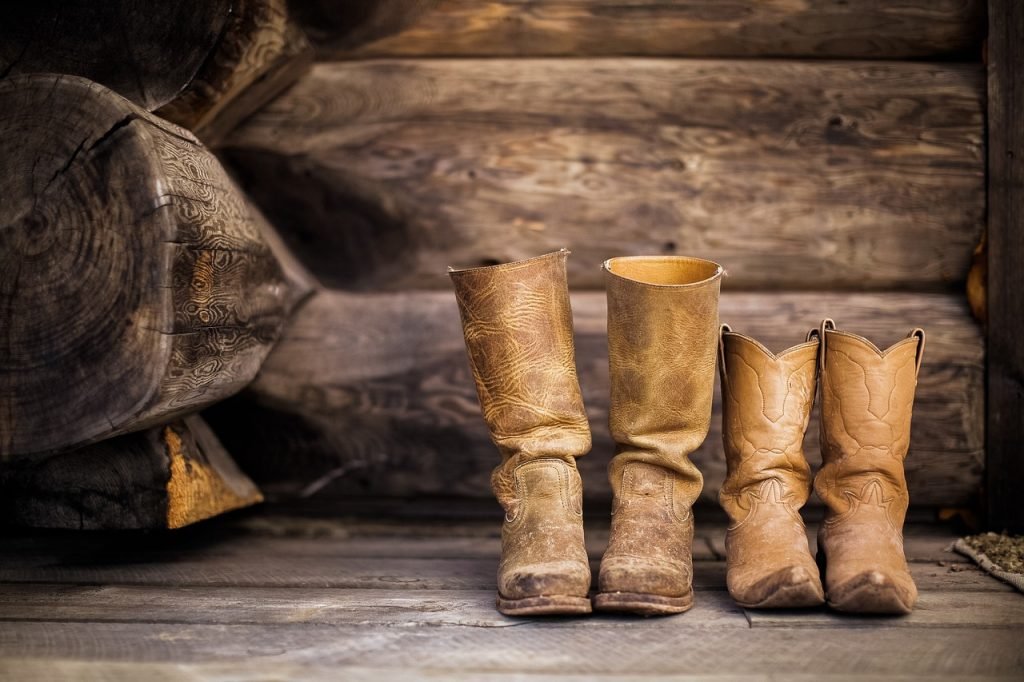
Suede Leather
Definition
Suede leather is a type of leather that is created from the inner layer of the animal hide, resulting in a soft and velvety texture. It is commonly made from the split grain of the hide, which is the lower layer that remains after the top grain is separated. Suede leather is highly regarded for its luxurious feel and is often used in the production of bags, shoes, and clothing.Durability
While suede leather offers a unique tactile experience, it is generally less durable than other types of leather. The soft and delicate nature of suede makes it more susceptible to wear and damage, such as staining, scuffing, and water spots. However, proper care and maintenance, such as regular brushing and application of protective sprays, can help prolong the lifespan of suede leather goods.Aesthetics
Suede leather has a distinctive appearance that sets it apart from other types of leather. The velvety texture of suede gives it a luxurious and refined look that appeals to many individuals. Suede’s unique texture and slight color variation give it a more casual and relaxed vibe, making it a popular choice for fashion and accessory items.Maintenance
To maintain the condition of suede leather, regular care and maintenance are essential. Brushing suede regularly helps to remove dirt and restore its texture. Additionally, protective spray can be applied to provide some level of water and stain resistance. It is important to avoid exposing suede to excessive moisture, as it can lead to permanent damage or discoloration. When cleaning suede, it is advisable to use specialized suede brushes or erasers and follow the manufacturer’s guidelines.Embossed Leather
Definition
Embossed leather is created by pressing a pattern or design onto the surface of the leather. This process is achieved by using heat and pressure, resulting in raised or imprinted designs. Embossed leather can imitate textures like crocodile or snake skin, or feature intricate patterns or logos. It is a popular choice for adding visual interest to leather goods such as bags, belts, and wallets.Durability
The durability of embossed leather depends on the quality and type of leather used as the base material. If high-quality leather is used, embossed leather retains its inherent strength and durability. However, the embossing process may slightly alter the surface characteristics of the leather, which can impact its longevity. It is important to choose embossed leather goods made with high-quality materials and proper craftsmanship to ensure their durability.Aesthetics
Embossed leather offers a unique and eye-catching appearance. The embossing process adds depth, texture, and visual interest to the leather, creating a striking and distinctive look. Whether imitating exotic animal skins or featuring intricate designs, embossed leather can elevate the aesthetics of leather goods and make them stand out from the crowd.Affordability
Compared to genuine exotic animal skins, embossed leather offers a more affordable alternative while still providing a similar visual appeal. The embossing process allows manufacturers to create the look of expensive and rare materials without the associated high costs. As a result, embossed leather products can provide a more accessible option for individuals who desire the aesthetics of exotic leather at a lower price point.
Chrome-tanned Leather
Definition
Chrome-tanned leather is a type of leather that is tanned using chromium salts, a process known as chrome tanning. This method of tanning is widely used due to its efficiency and ability to produce soft and supple leather with a wide range of properties. Chrome-tanned leather is popular in the production of a variety of leather goods, including bags, belts, and shoes.Durability
Chrome-tanned leather is known for its excellent durability and flexibility. The chrome tanning process chemically alters the protein structure of the leather, making it highly resistant to wear and tear. The result is a leather that can withstand daily use and maintain its shape and integrity over time. Additionally, chrome-tanned leather retains its softness and supple feel, enhancing its overall comfort and usability.Aesthetics
Chrome-tanned leather offers a wide range of aesthetic options due to the versatility of the tanning process. It can be produced in various finishes, including smooth, pebbled, or glossy surfaces. The use of dyes and finishes allows for an extensive array of colors and textures, making chrome-tanned leather highly customizable and adaptable to different design preferences.Water Resistance
One of the notable advantages of chrome-tanned leather is its inherent water resistance. The chromium salts used in the tanning process create a barrier that repels water and moisture, making it more resistant to water damage compared to other types of leather. This water resistance ensures that chrome-tanned leather goods remain protected and maintain their appearance even when exposed to wet conditions.Maintenance
Maintaining chrome-tanned leather is relatively easy. Regular cleaning with a soft cloth and occasional conditioning is usually sufficient to keep it in good condition. It is important to use leather care products specifically designed for chrome-tanned leather to avoid potential damage from unsuitable cleaners or conditioners.Does the Type of Leather Affect How It Should Be Stored?
When it comes to storing leather projects and materials, the type of leather does indeed play a significant role. Different types of leather require specific storage conditions to maintain their quality and lifespan. Properly storing leather, whether it’s suede, patent, or full-grain, involves keeping it away from direct sunlight, extreme temperatures, and humidity. Careful consideration of the leather type ensures its longevity and minimizes the risk of damage or deterioration.
Vegetable-tanned Leather
Definition
Vegetable-tanned leather is a type of leather that is tanned using natural tannins derived from plants, such as tree bark. This traditional method of tanning has been used for centuries and is known for creating leather with a distinct appearance and unique characteristics. Vegetable-tanned leather is commonly used in the production of high-quality leather goods, including bags, belts, and wallets.Durability
Vegetable-tanned leather is renowned for its exceptional durability. The tannins present in the natural plant extracts chemically bond with the collagen fibers in the leather, making it highly resistant to wear and tear. As the leather ages, it develops a beautiful patina that enhances its visual appeal while maintaining its strength and structural integrity.Aesthetics
One of the distinguishing features of vegetable-tanned leather is its natural and organic appearance. The tanning process allows the leather to retain its full grain and natural markings, creating a rustic and timeless aesthetic. Over time, vegetable-tanned leather develops a rich and unique patina that adds character and charm to the leather goods.Environmentally Friendly
Vegetable tanning is considered an environmentally friendly tanning method compared to chrome tanning. The use of natural plant extracts as tannins reduces the environmental impact associated with chemical processes. Additionally, vegetable-tanned leather is biodegradable and does not contribute to the accumulation of non-biodegradable waste. This makes it a more sustainable choice for individuals who prioritize eco-friendly products.Maintenance
To maintain the condition of vegetable-tanned leather, regular care and conditioning are necessary. Conditioning the leather periodically with a natural leather conditioner helps to keep it supple and prevent it from drying out or cracking. It is important to avoid exposing vegetable-tanned leather to excessive moisture or heat, as it can affect the leather’s structure and performance.